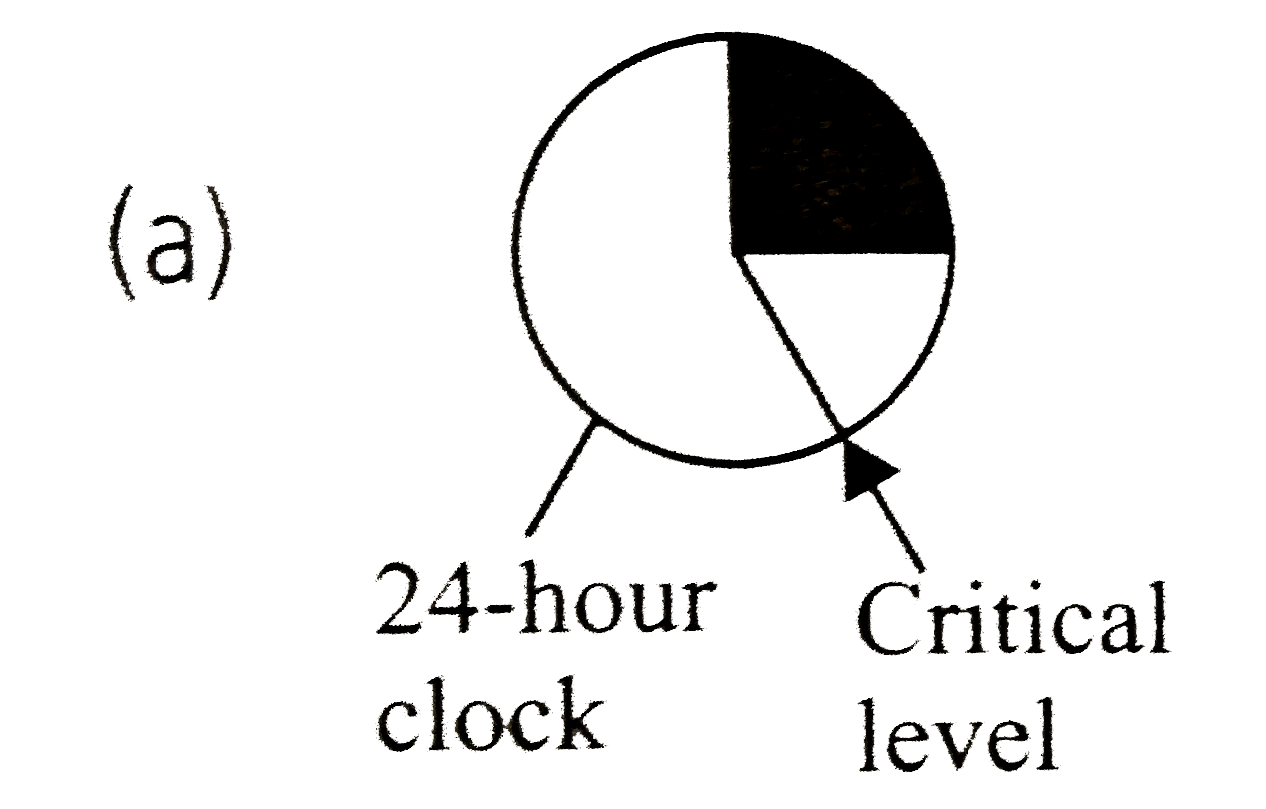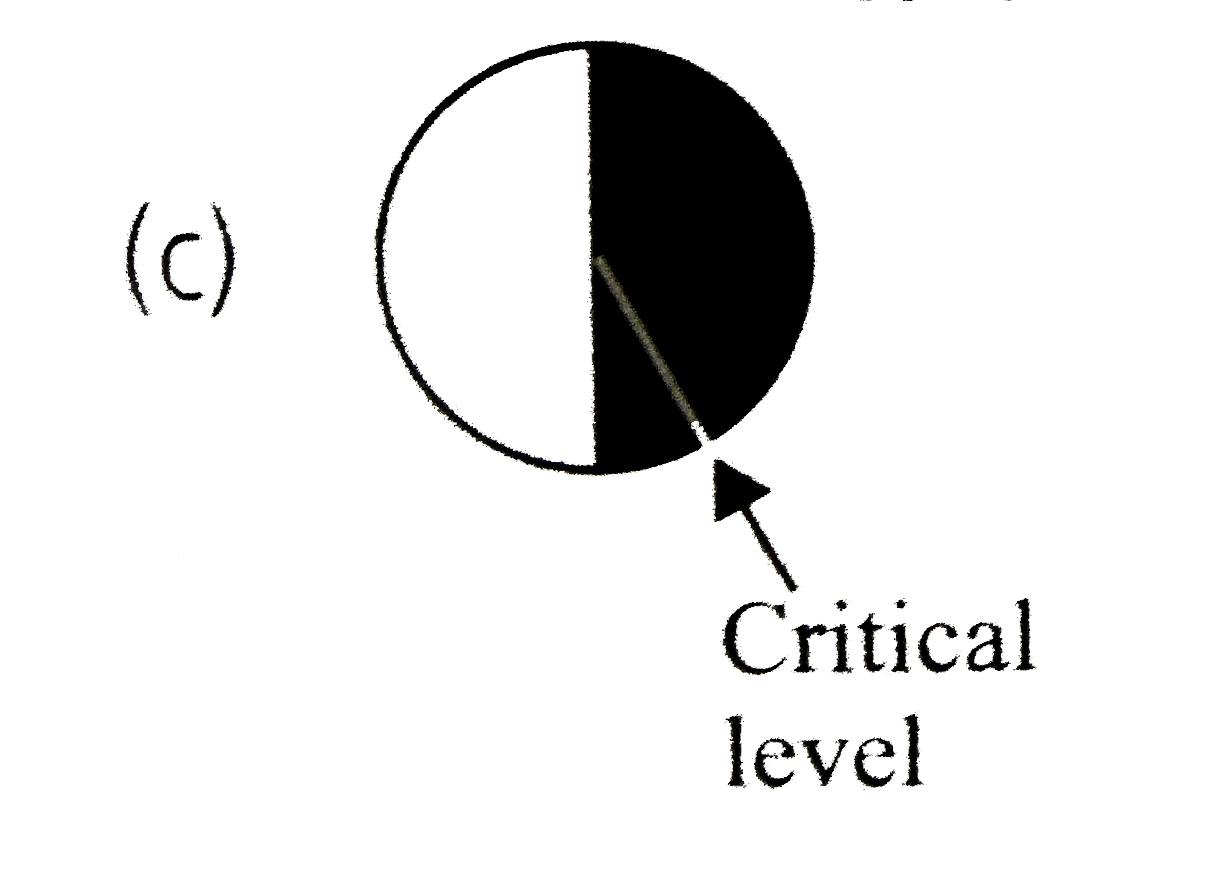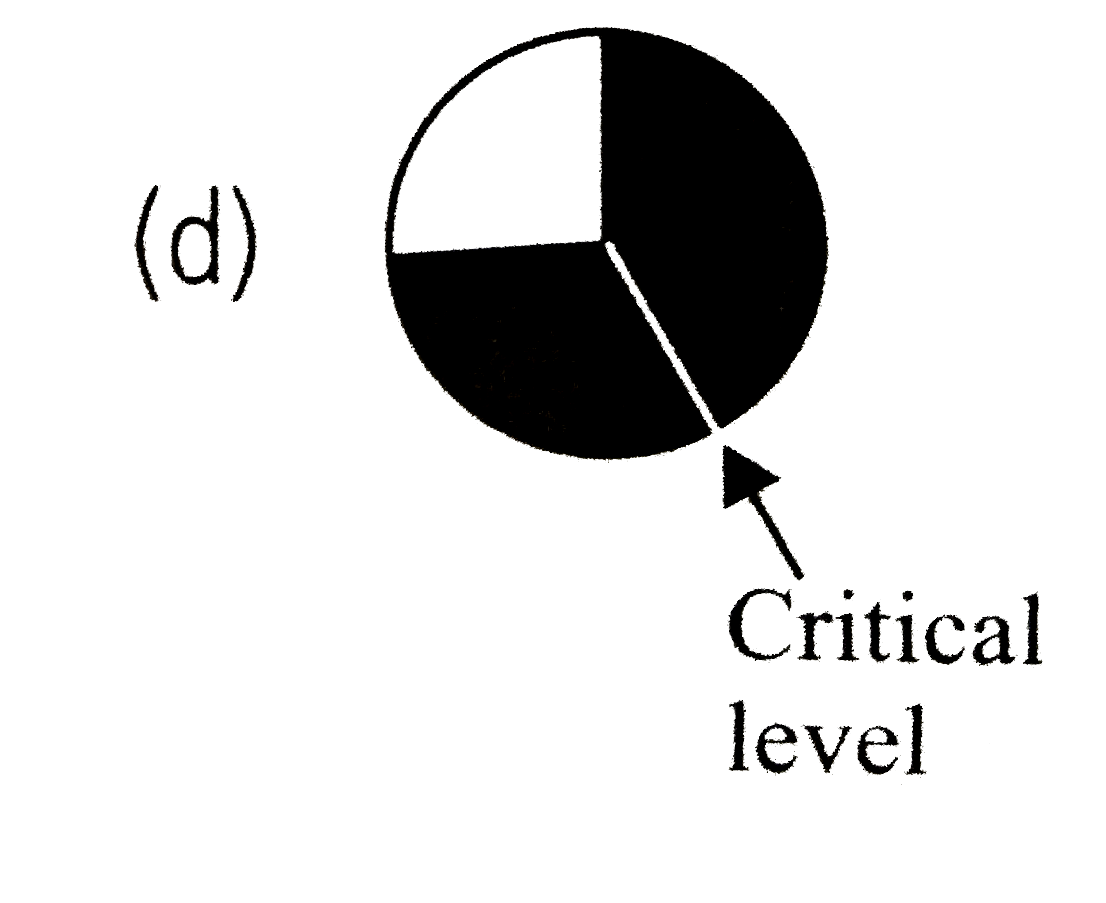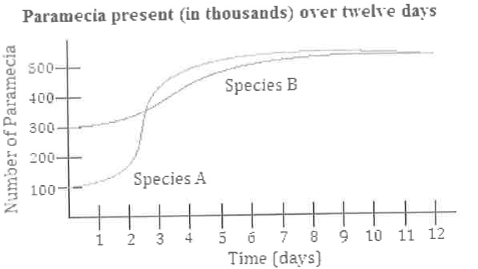There are two plants A and B with respective critical photoperiod of 13 hours and 11 hours.When they are exposed to light for a period of 12 hour, it initiated flowering in both. Which of the following conclusions is most appropriate for these plants ?
Both plant A and B are long day plants
Both plant A and B are short day plants
Plant A is short day plant and plant B is long day plant
Plant A is long day plant and plant B is short day plant
The correct Answer is:C
To solve the question regarding the flowering behavior of plants A and B based on their critical photoperiods, we can follow these steps:
1. Understand Photoperiodism:
- Photoperiodism is the response of plants to the length of day and night, which affects their flowering.
- Plants are categorized based on their critical photoperiod into two types:
- Long-day plants: Require more than a certain number of hours of light to flower.
- Short-day plants: Require less than a certain number of hours of light to flower.
2. Identify the Critical Photoperiods:
- Plant A has a critical photoperiod of 13 hours.
- Plant B has a critical photoperiod of 11 hours.
3. Analyze the Light Exposure:
- Both plants are exposed to light for 12 hours.
- For Plant A (critical photoperiod of 13 hours), 12 hours of light is less than its requirement, but it still flowers.
- For Plant B (critical photoperiod of 11 hours), 12 hours of light exceeds its requirement, and it also flowers.
4. Determine the Type of Plants:
- Since Plant A can flower with 12 hours of light (even though it needs 13 hours), it indicates that it is a short-day plant.
- Plant B, which requires only 11 hours of light to flower but flowers with 12 hours, is a long-day plant.
5. Conclusion:
- The most appropriate conclusion is that Plant A is a short-day plant, and Plant B is a long-day plant.
Final Conclusion:
- Plant A is a short-day plant, and Plant B is a long-day plant.
- Photoperiodism is the response of plants to the length of day and night, which affects their flowering.
- Plants are categorized based on their critical photoperiod into two types:
- Long-day plants: Require more than a certain number of hours of light to flower.
- Short-day plants: Require less than a certain number of hours of light to flower.
- Plant A has a critical photoperiod of 13 hours.
- Plant B has a critical photoperiod of 11 hours.
- Both plants are exposed to light for 12 hours.
- For Plant A (critical photoperiod of 13 hours), 12 hours of light is less than its requirement, but it still flowers.
- For Plant B (critical photoperiod of 11 hours), 12 hours of light exceeds its requirement, and it also flowers.
- Since Plant A can flower with 12 hours of light (even though it needs 13 hours), it indicates that it is a short-day plant.
- Plant B, which requires only 11 hours of light to flower but flowers with 12 hours, is a long-day plant.
- The most appropriate conclusion is that Plant A is a short-day plant, and Plant B is a long-day plant.
- Plant A is a short-day plant, and Plant B is a long-day plant.
Similar Questions
Assertion : Soyabean and sugarbeet flower when they are exposed to a photoperiod shorter than critical period.
Reason : Most of winter flowering plants are LDP.
View SolutionA green plants bends towards the source of light when exposed to the light on only one side . Which of the following is the best explanation of the phenomenon ?
View Solution
Knowledge Check
Sedum is a long day plant. Its critical duration of light is 13 hours. Under which of the following conditions would it flower?
 A
A B
B C
C D
D
Jessica's car gets 18 miles per gallon when the car travels at an average speed of 35 miles per hour. Jessica begins a trip with 14 gallons of gas, and she travels at 35 miles per hour for the first 4 hours of her trip. Which of the following functions g is the most accurate model for the number of gallons of gallons of gas remaining in the tank t hours after the trip begins for 0≤t≤4?
Ag(t)=14−35t18Bg(t)=14−18t35Cg(t)=14−35t18Dg(t)=14−1835tMaryland mammoth tabacco is a short day plant. Its critical duration of darkness is 10 hours. Under which of the following conditons will it not flower?
 A
A B
B C
C D
D
One set of a plant was grown at 12 hours day and 12 hours night period cycle and it flowered while in the other set night period cycles and it flowered while in the other set night phase was interrupted by flash of light and did not produce flower. Under which one of the following categories will you place this plant
View SolutionCompreshension-II
In non-ideal solutions, at one of the intermediate compostions, the total vapour pressure is highest and the boiling point is lowest. At this point, the composition of the liquid and vapour phase is same. So, if liquid mixture vapouriese at this point and vapours are condensed, teh condensate contains same compositon as present in original liquid mixture. it means at this point liquid behaves like a pure liquid and is called an Azeotropic mixture.
Which of the following cannot form low boiling point azeotrope ?
View SolutionNicotiana tobacum, a short day plant , when exposed toi more than critical period of light fails to flower .Explain.
View SolutionThe plant which shows flowering in both the conditions, 'either they are exposed to a photoperiod shorter than a critical period or longer than the critical period', is
View Solution
A small puddle is monitored by scientists for the number of paramecia present. The scientists are in two distinct species, let's call them ''species A'' and ''species B''. At time t = 0, the scientists measure and estimate the amount of species A and species B present in the puddle. They then proceed to measure and record the number of each species of paramecium present every hour for 12 days. the data for each species were then fit by a smooth curve, as shown in the graph above. Which of the following is a correct statement about the data above?
View Solution
